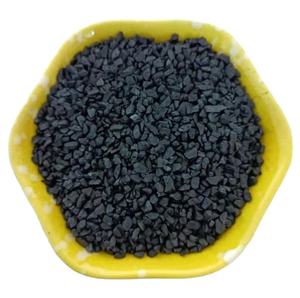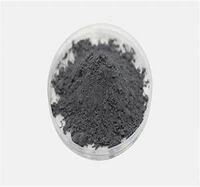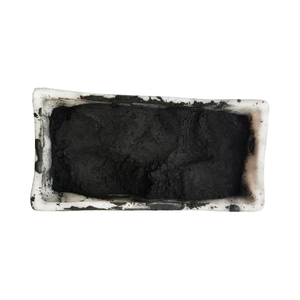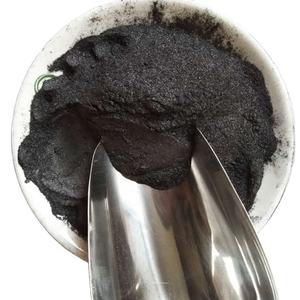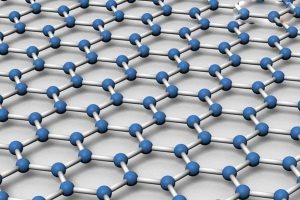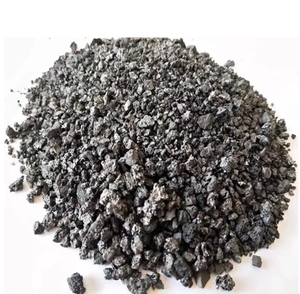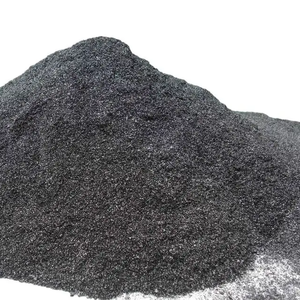Professional graphite material supplier, graphite for EV, grease, furnace and any other industries.
(Advantages and Disadvantages of Graphite)
Graphite has many advantages over other materials but it’s not without its disadvantages. It’s important to understand these and choose the right material for your specific application.
Whether it’s lightweight wearable sensors that monitor patients in hospitals, batteries that power our smartphones and electric cars, crucibles that line furnaces or brake pads for planes and cars, graphite is a crucial ingredient in the future of our daily lives. This is because it can conduct electricity, retain its strength and rigidity at high temperatures and even resist acid, alkali or salt corrosion.
But to achieve these benefits it needs to be of a high enough purity, and have the right flake size and structure to be useful. And this is where the biggest challenges lie in the production of natural graphite.
To produce graphite of the required purity it is often refined using Hydrofluoric acid. This is a very effective way to remove impurities but it is also toxic and has to be neutralised and disposed of afterwards. It is therefore much better to use a more environmentally friendly process such as carboxylic acid which has similar effectiveness but isn’t toxic.
To be used in the battery industry the natural graphite has to be mined, crushed and ground up into a specialised form known as spherical graphite. The spherical form is the key component in lithium-ion batteries which power electric, hybrid and fuel cell vehicles. This form requires a lot of purification and the current process uses large amounts of Hydrofluoric acid which is expensive, dangerous and pollutes the environment.
(Advantages and Disadvantages of Graphite)

